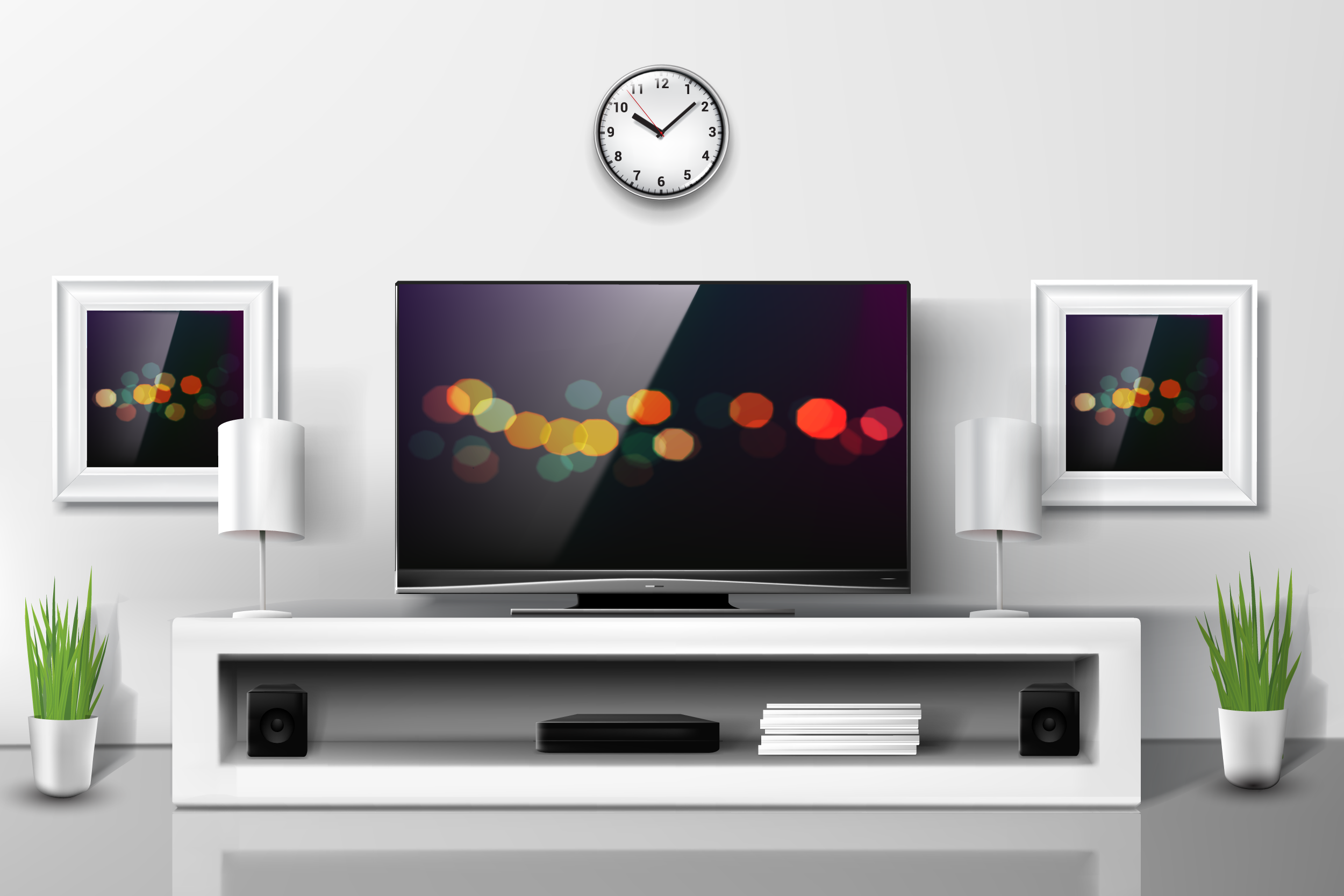Setting up a new home in a new city? Most people find it tough to manage finances in the first few months. Your salary only arrives after a whole month (only a lucky few get relocation allowance). And there’s a lot to buy, from furniture to kitchen appliances!
Going for second-hand stuff is a great way to save your hard-earned money, and what better place to begin your search than the good old internet?
For most folks, the idea of buying a used TV is synonymous with ‘a big fat device with circular buttons encased in a wooden box with doors’. Um, the times have changed. With technologies like LCD, LED, and HD dominating the market, most second-hand TVs are no slouch.
It’s not all that tough to get good second-hand LCDs these days, provided you look in the right places. While used LCDs are available at surprisingly low prices, you should exercise caution when buying one.
Here’s a quick guide to help you pick the right buy.
Know Why They’re Selling It
The most common reason owing to which people sell their LCD TVs is to shift to better picture quality. Another such reason may be relocation to a different city. Avoid a seller whose reasons for selling the TV seem dubious.
Check Usage, Lifespan, And Age
All the major brands manufacture LCDs. These usually come with a lifespan of 75,000 hours. This translates to 5-10 years, assuming people watch 4-5 hours of TV a day.
An LCD screen tends to get dimmer with age, and break–age (couldn’t resist that one, could we?). Investing in a TV that’s too old is not a great idea. Ask the seller about the age of the television, and if the manufacturer specified a lifespan.
Check how the television was used and stored.
Remember, usage has an important role to play – a television with a few years of heavy use is the same as a sparsely-used model that is (say) 8-10 years old. Also, TVs placed on the floor or near the windows – and other exposed areas – age faster.
Say No To “No Warranty”
It’s best to purchase an LCD with the manufacturer’s warranty. LCDs may last for years after the warranty period expires, but having a warranty ensures protection from faults and damage.
Consider The Size
LCD screen size isn’t measured length or width-wise. The length you see on listings is usually the diagonal distance between opposing corners of the screen.
A common mistake people make is to buy a TV that’s either too big or too small for the room they plan to install it in. TVs with a screen size of 30 inches or less are suitable for small rooms, while you’ll need a 30 to 39-inch screen for medium-sized rooms. Humongous living rooms (lucky you!) need a TV with at least a 40-inch screen.
For home theatres, you can’t go wrong with a 50-inch whopper of a screen.
Analyse Features
LCDs these days come loaded with features, and are much more than a simple television with a crystal-clear display.
Check for memory card slots, built-in DVD players, USB and Ethernet connection ports, and other connectivity options that offer seamless integration to external media devices.
Avoid Unknown Brands
When it comes to electronics, never buy unpopular or lesser-known brands, unless you’re okay with the likely compromise on picture quality, or actually want your TV to go kaput in a matter of months.
The world of LCD televisions is pretty diverse. You can find one that suits your home and entertainment requirements with relative ease. Keep these factors in mind to make the right purchase.



